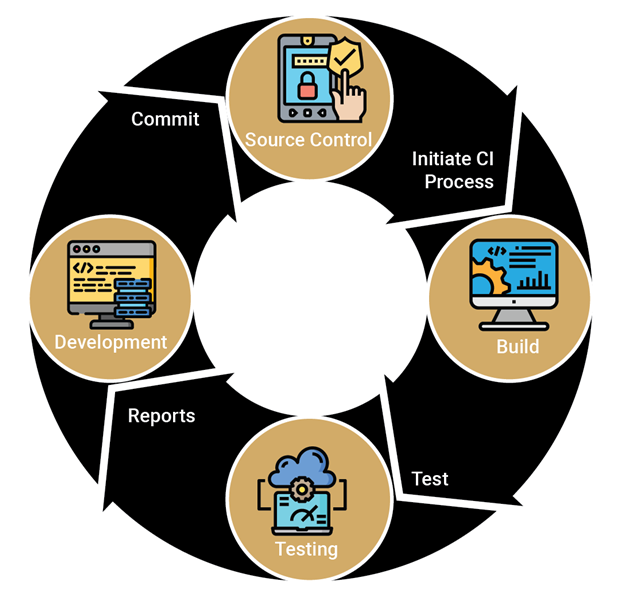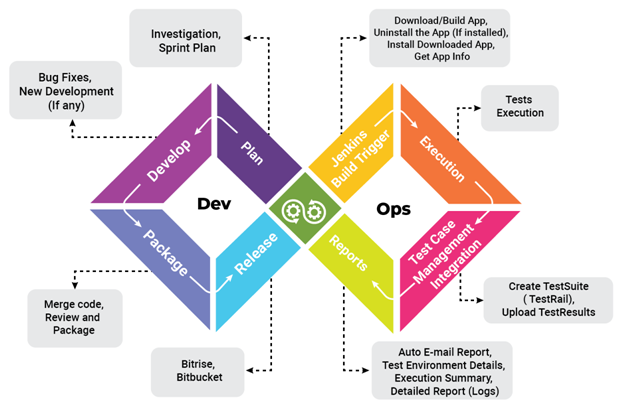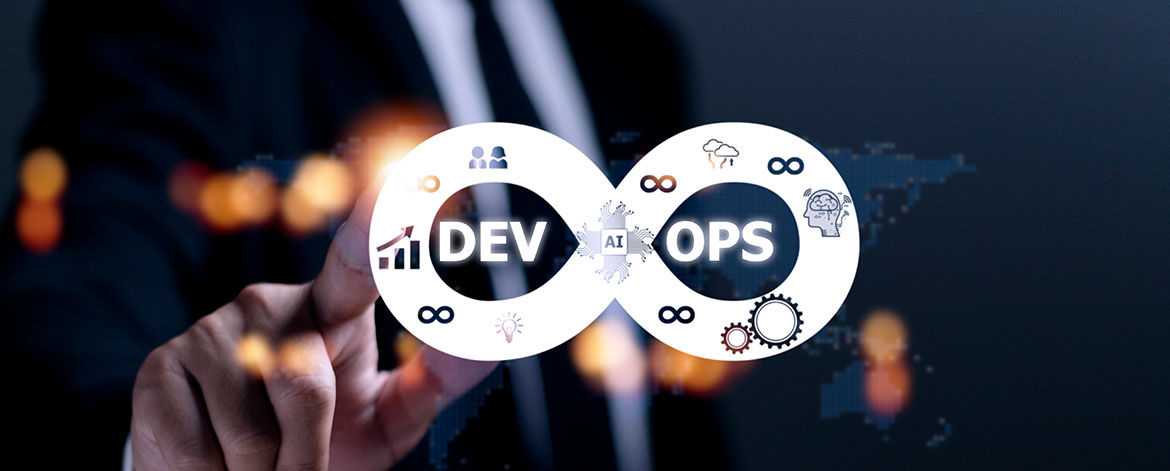Agile and DevOps introduces a Continuous Testing strategy that helps enterprises to accelerate and prioritize testing to meet the needs of fast-paced application delivery. In this highly competitive era, to deliver a high-quality and efficient product with minimum cost to the customers is an integral goal of many organizations. To fulfill this goal, Continuous Testing(CT) is of utmost significance. CT drastically reduces the release cycle timeline, not only on the developer’s side but also during the QA process.
Why Continuous Testing is important?
Continuous Testing is a software testing type wherein the time between development to deployment could be reduced. Moreover, this testing from the beginning-stage of the product to the end-stage ensures the high quality and error-free release for the end-user.
Continuous Testing eradicates the bottleneck issues and defects at any stage of the development cycle. It is basically designed to reduce the time cycle between the development process and production release.
Due to inevitable circumstances or defects in the release found during the QA cycle, software/product gets delayed and is assigned back to the developer to fix the issue. This whole process is little ambiguous as there are associated merits like defects-free output whereas inescapable disadvantages in terms of time and efforts involved.

As shown in the above diagram, whenever there is some code-commit from the development team in the source control like Git, it will commence the process where the code is built in the build tool (i.e. Bitrise). Furthermore, in the overnight duration, Jenkins will execute the test-suite with the latest build from the Bitrise and will send the test reports to the respective authorities with the help of Email-Notification Jenkins Plugin to take necessary fixes for the test failures.
This approach not only accelerates the release of the product/software to the production but also ensures on-time deliverables and productivity.
Challenges overcome by Continuous Testing:
Organizations have been continuously working in order to reduce the release time of the product and deliver it with the optimum quality with the help of CT. At VOLANSYS, we incorporate Continuous Testing in the development and QA phase for finding any failures or issues early.
With the help of CT, quality engineering experts can easily and consistently find problems with the product and know the possibility and extend to enhance the quality. Every member of the team from Development to QA could also test code significantly and give their contribution to the product release. There are certain inescapable challenges that have been faced by developers and QA during the release pipeline, but those challenges could be mitigated with CT. Let us see a few common challenges that can be overcome by continuous testing.
Early release:
During certain circumstances, organizations have to work really hard in order to cope up with the last-minute date change in the product release cycle. Eventually, there have been many instances where the QA team is unable to find the bugs or issues due to releases being preponed. if CT is established in all the cycles from development to QA, it would be beneficial for the early release of the product with the help of technologies/tools like Bitrise, Jenkins, AWS.
Continuous monitoring:
With the intention of monitoring the status of the last code fixes, QA team members need to continuously look after the execution and immediately report any issue to the development team when there are some failures. This process indirectly procrastinates the whole release cycle. with the help of CT, we could eliminate the continuous monitoring approach and take quick action to fix the issues when occurred at the development stage itself.
Delay due to the execution of large amount of test cases
Generally, one of the main difficulties during validation or verification is the time involved in executing multiple testing. Though QA team members need to have a focus on test coverage, functional coverage, or even a new line of code, they cannot neglect the full test run-time. It’s time consuming and not feasible to have a bunch of test suites running for four to five hours which eventually affects or slows the entire release pipeline.
With the CT, it could be easy to fragment the test-suites at multiple intervals between the development to QA which would speed up the release pipeline at the end.
Benefits of Continuous Testing:

There are a plethora of benefits associated with Continuous Testing. A few of them are listed below:
- Discovering problems at a very early stage could make the fixes release faster to the production
- Save manual time efforts of the developers to validate their feature changes
- The quality of the product could be maintained which could not affect the reputation of any organization
- CT would automatically run into the background, executing the test suites, uploading the tests result in the Test-rail account, and auto email to the respective team about the validation of the features saving time and efforts
- With the help of the Jenkins-email plugin, developers could get the test-statistics about the recent code changes and they could fix the failures as early as possible
- Risk involved decreases as the code quality could be tested at each stage
- Developers could test their own features. To explain, Jenkins build will trigger to verify the latest code development every night which eventually makes them aware of early defects/bugs in the software/product
Above all, the most prominent advantage of the scheduled job in any organization is that Jenkins could execute Test Cases overnight which eventually has less stress on the developers for the verification of their code during their working hours: CT helps us achieve accurate results on an immediate basis, meaning the code deployed at any point of time is verified immediately and the reports would be available in no time to ensure the code quality. This reduces the 8 hours of testing cycle to just 10 minutes.
Continuous Testing acts as a vital component of the DevOps process, and product/software could suffer without the proper implementation of the CT. The significant benefit of CT is to find the reason behind each bug and fix it up in order to soar up the quality ratio. In addition to that, this approach also helps to answer the question: does the release build have good quality and is bug-free? At VOLANSYS, we have rich experience in working with an agile product engineering approach. Our team of Quality Engineering experts can help automate your product delivery lifecycle to improve collaboration, monitoring, management, and reporting with Continuous Integration and Continuous Testing of solutions.
Read our success stories to know how VOLANSYS helped their clients accelerate testing time with Continuous Testing.

About the Author: Nikhilesh Koshti
Nikhilesh is associated with VOLANSYS as a QA Automation Engineer. He has vast experience in performing design verification and validation in various domains like Software, Embedded and IoT products.









